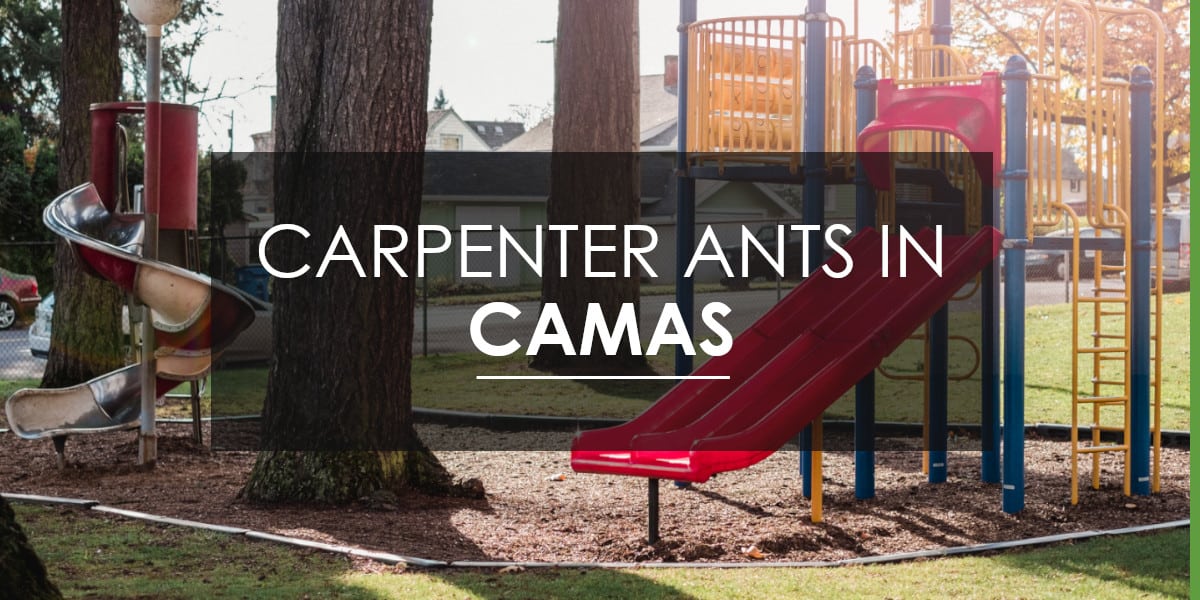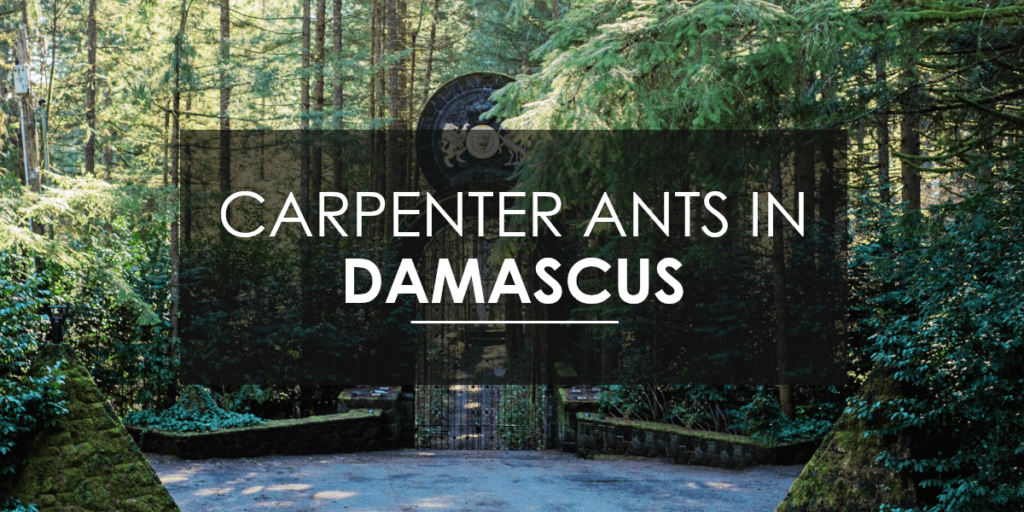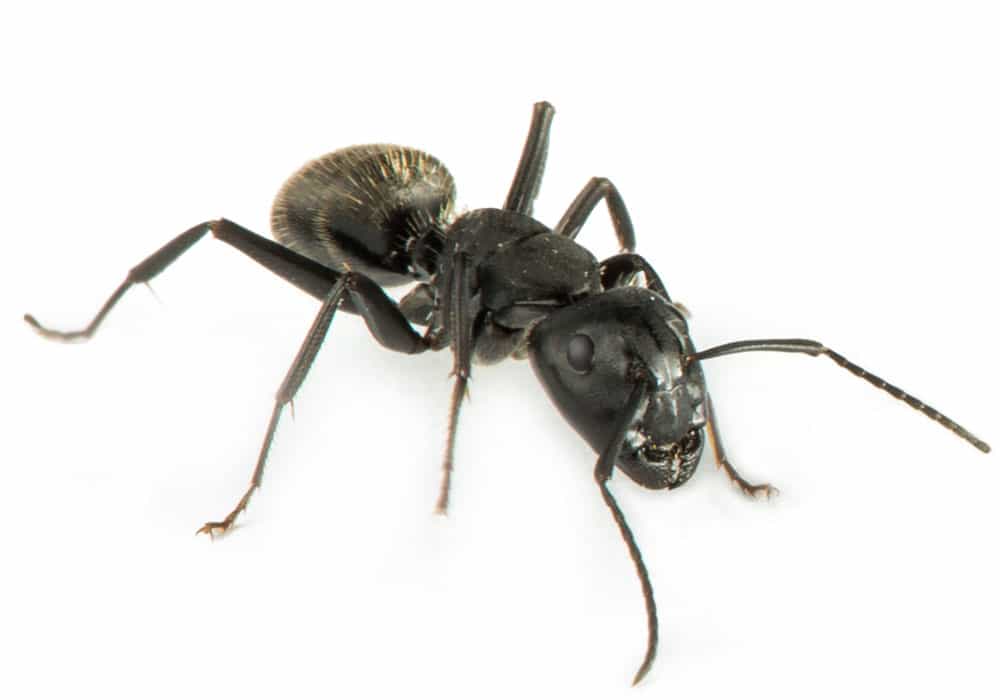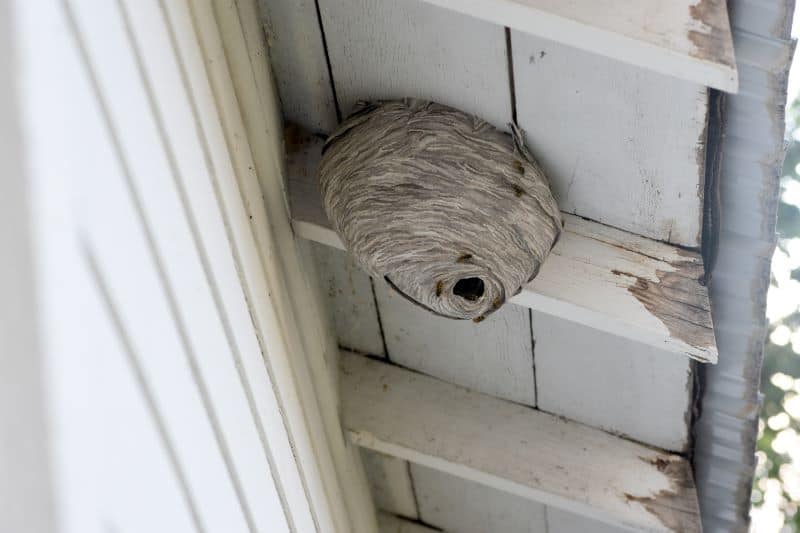You need to know what you’re up against
Carpenter ants often get confused for termites. And though they are indeed similar, the type of damage they cause is different, and the approach to treatment is also tailored to the type of insect you’re dealing with.
Full grown carpenter ants, which are black in color and sometimes have red or yellow accents, can sometimes grow up to one-half inch in length, placing them on the larger end of the North American ant spectrum.
You might be surprised to learn that carpenter ants do not consume wood. They are actually predators, and get their food from other, smaller insects. Aphids are a favorite source of nutrition, as are small insects that are scavenged and brought back to the colony to be shared.
Though carpenter ants aren’t believed to be quite as destructive as termites — experts from the National Pest Management Association estimate that termites cause billions of dollars in cosmetic and structural damage to building materials each year — the level of cosmetic damage caused by carpenter ants can be significant. Of course, the longer this damage goes untreated and the longer your carpenter ant infestation goes unaddressed, the worse it will eventually become.
Aspen Pest Control’s team are experts in identifying pests, locating the areas in which they’ve entered your home or are nesting around your home, and then providing you with effective treatment recommendation plans designed to specifically address your infestation while aligning with your budget and lifestyle.
You need to know where to treat
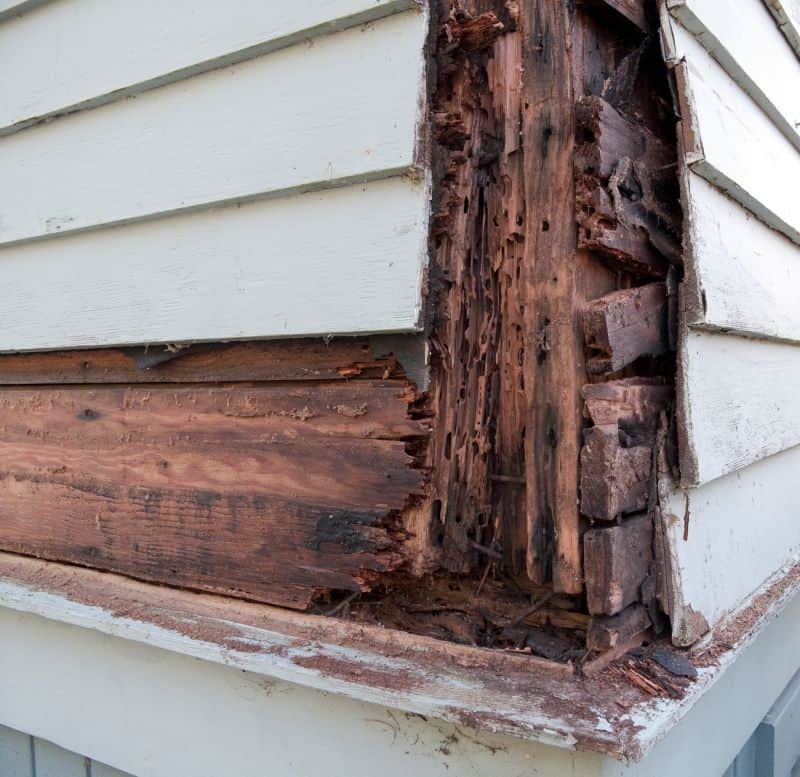
Carpenter ants will seek out those areas of your home that have been damaged by water or rot in order to make their way inside so that they can continue to grow their colony. Take a close look at any materials in your home that might be damaged or in need of repair. There are a few telltale signs of a carpenter ant infestation.
If you are able to see a series of small holes or splintering in the wood, this could be a sign of carpenter ants. Look even closer. Do you see insect carcasses outside of these holes? How about a very fine powder made of sawdust? These are even better clues that carpenter ants are present.
Unlike termites, who feed on wood and will leave dirt, mud, and excrement outside of their entrances, carpenter ants tend to be a little tidier, especially when it comes to the tunnels they create in wood. These tunnels, called galleries, are kept extremely clean and smooth by worker ants. The sawdust you see near the entrances they created are the remnants of their work.
Once the carpenter ant has made their way inside of your home, they’ll seek out areas that are warm and moist, like under sinks, near dishwashers, in bathrooms, or other areas that provide the safety and dampness they need to thrive.
Here’s another important factor to keep in mind about carpenter ants that have made their way inside the home: odds are, this is a satellite colony that has ties to a much larger colony that you’ll find somewhere outside.
You see, carpenter ants are social insects, meaning that they work in communities. The colonies of ants will consist of queens, workers, males, and larval ants. The workers duties vary, and their specific job will often depend on the size of the worker ant.
Smaller worker ants will forage and distribute food, whereas larger worker ants will protect the nest from predators. Workers are also responsible for the creation and maintenance of the nest, including gallery upkeep. Male ants mate with the queens. Males are usually found in much smaller numbers than workers. They will soon die after mating. Queens use pheromones to provide direction to the workers, they mate with the males, and they lay eggs in an effort to grow the colony.
There can sometimes be several queens within a carpenter ant colony, depending on the size. These queens, which have lived as many as 25 years in some cases, can be territorial. Queens can lay thousands of carpenter ant eggs in their lifetime.
You need to know how to treat

When it comes to how far-reaching carpenter ant infestations can be, not to mention the potential damage they can cause, DIY methods for control just aren’t going to cut it.
The Aspen Pest Control technicians are trained to use commercial grade products that are powerful enough to control your carpenter ant problem, while still being safe for your children, pets, and the environment.
Effective pest control is so much more than applying a product, it’s also about building relationships with our clients so that we truly understand their concerns, as well as having the professional expertise to thoroughly examine a home and property for every aspect of an infestation.
Our goal is to provide solutions that give our clients the service they need and the peace of mind they deserve. Our recommendations are hassle-free, and our commitment to effective service is second to none.
If you have any concerns about a potential carpenter ant infestation, then time is of the essence! Contact Aspen Pest Control TODAY. We’d be proud to serve you.

